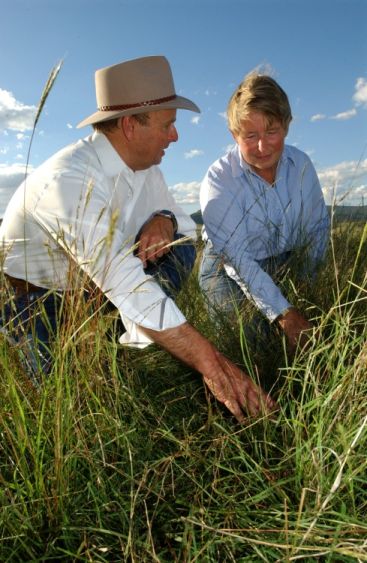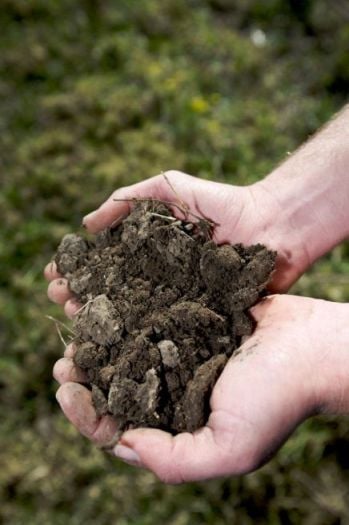Pasture Growth

Key actions
- Map your grazing land into pasture zones based on land capability and primary land use.
- Predict the potential annual pasture production from your grazing land using long-term rainfall records.
- Work out how the water cycle operates on your farm.
- Adopt new strategies to improve and maintain water use efficiency.
- Build and maintain soil nutrients for productive pastures and healthy soils.
- Manipulate your pasture composition and productivity by using combinations of grazing management, fertiliser and herbicide application.
Why are pasture growth and quality important?
The productivity and profitability of many grazing beef enterprises in southern Australia can be greatly improved by increasing the quantity, quality and utilisation of pasture grown. Together, these three factors determine the most profitable stocking rate, herd structure and target markets for all grazing-based beef enterprises.
How much pasture energy is converted into saleable beef depends on the amount and quality of pasture presented to the herd
Pasture utilisation and tactical control of stocking rate (see Module 3: Pasture utilisation) are fundamentally linked to pasture growth and quality. The health and fertility of the soil and stage of growth at which pasture is grazed have a major effect on pasture growth and quality. Developing your expertise in areas that influence pasture growth and utilisation will boost your productivity and profitability.

How does this module assist you?
Every farm has a unique combination of existing pasture species, soil, topography and climate, which together make up land class capability.
This module will help you to manage water use, soil health and fertility and manipulate pasture composition to achieve the highest possible pasture growth and quality from the grazed area on your property.
To achieve the best possible pasture growth and quality, you need to:
- Define the capacity and limits of pasture production of all grazed land by mapping pasture zones based on land class and capability.
- Identify the opportunities for and limits to pasture production by knowing the normal annual pattern and variability of soil moisture, temperature and sunlight.
- Achieve water use efficiency across all pasture zones by ensuring the highest possible rainfall infiltration, capacity of soil to store water and ability of pasture roots to access stored water. Efficient water use also reduces the potential for environmental damage from soil erosion and deep drainage.
- Manage soil nutrients to increase pasture growth, quality and composition in all pasture zones.
- Ensure that each pasture zone maintains a pasture composition that produces best growth, while contributing to species diversity and balance, efficient water use, and environmental protection and stability across the farm.
Linkages to other modules
This module describes and quantifies the farm’s physical resources, climate, current pastures and soil nutrition status for use in Module 1: Setting directions.
Pasture growth and quality are directly linked to Module 3: Pasture utilisation and indirectly through pasture utilisation to Module 5: Weaner throughput and Module 7: Meeting market specifications. It is also linked to Module 6: Herd health and welfare through nutritional and metabolic disorders that can arise from particular pasture and weed species or seasonal growth conditions.

Principles of pasture growth and quality
- Pasture growth and quality are determined by land class capability.
- Actively growing pastures have the highest quality and enable the largest intake by livestock.
- A correct balance of species and composition of pastures can significantly increase livestock production and profit per hectare.
Procedures for achieving best pasture growth and quality
- Procedure 1 – Map grazing land
- Procedure 2 – Characterise seasonal rainfall patterns
- Procedure 3 – Build and maintain soil nutrients
- Procedure 4 – Pasture species composition
